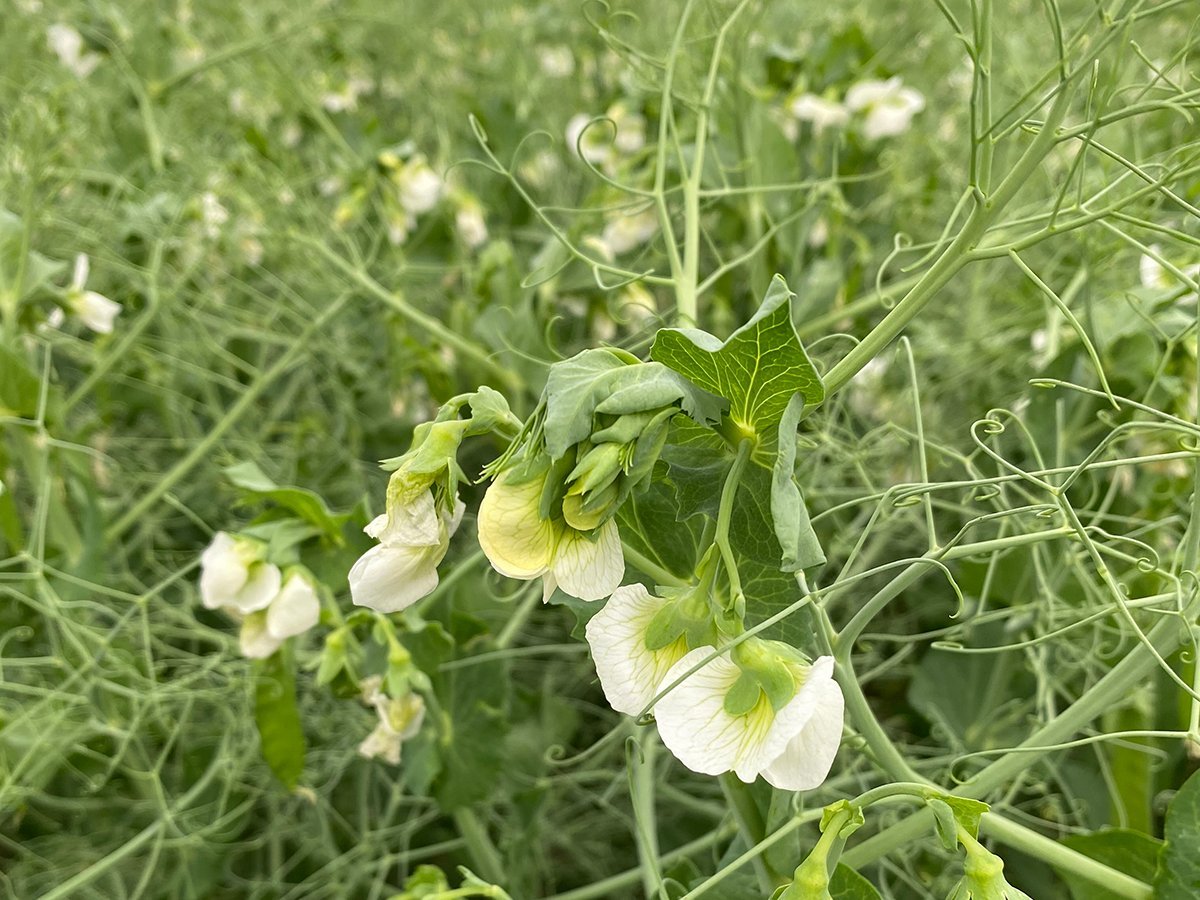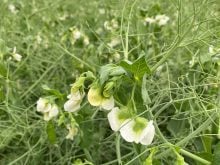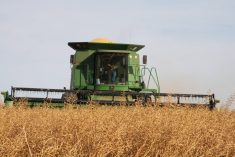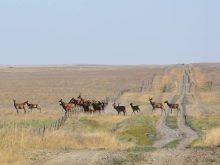A comparison of cool- and warm-season annual forages has identified two varieties that livestock producers in the dark brown and black soil zones may want to consider.
First-year results of the study found that two of the later maturing warm-season annuals – Golden German millet and White Wonder foxtail millet – have the greatest potential of the warm-season crops studied, producing forage yields that match or better Pinnacle oats and Ranger barley.
The trial, which was conducted on Saskatchewan plots in Redvers, Indian Head and Canora, looked at whether warm-season crops have production advantages over the previous standards, Proso and Crown millet, and whether warm-season crops seeded in mid-June can produce the same forage yield as cool-season crops seeded in mid-May.
Read Also

Crop quality looks good this year across Prairies
Crop quality looks real good this year, with the exception of durum.
Seeding was in mid-May and again in mid-June. The cool-season crops were Fatima fababeans, Pinnacle oats, Ranger barley and Sandrow triticale. The warm-season crops were AC Prairie Gold, Proso millet, Crown millet, Siberian Red foxtail millet, Golden German millet, Strain R German millet, White Wonder foxtail millet, Megagreen sorghum-sudangrass and Mil-Hy 300 Pearl millet.
Some, such as Pearl millet and the fababeans, were eliminated in the Redvers and Indian Head trials because of below-average establishment or production. Of the others, it was found that plant stage at harvest affected forage dry matter yield and quality.
Other conclusions included:
- Oats and barley appear to have greater dry matter production than triticale.
- Warm-season crops have significantly less tolerance to weed competition during the first 30 to 40 days compared to cool-season crops.
- Warm-season crops appear to maintain feed quality in the windrow relatively well through fall and early winter, but more testing is needed to confirm this finding.
“The warm-season crops with delayed maturity, such as Golden German, Strain R German, White Wonder and Megagreen, appear to have greater dry matter production potential than the warm-season crops with early maturity, such as Proso, Crown and Siberian Red,” said Lorne Klein, a rangeland and forage agrologist with Saskatchewan Agriculture.
The delayed maturity makes them suited for swath grazing because cutting can be delayed, reducing weathering in the windrow.
“From producer experiences and one research trial, the palatability of Golden German, Strain R German and White Wonder is very good,” Klein said.
“At 94 to 112 days, these crops appear to have palatability equal to or greater than cool-season cereals at 65 to 75 days.”
















